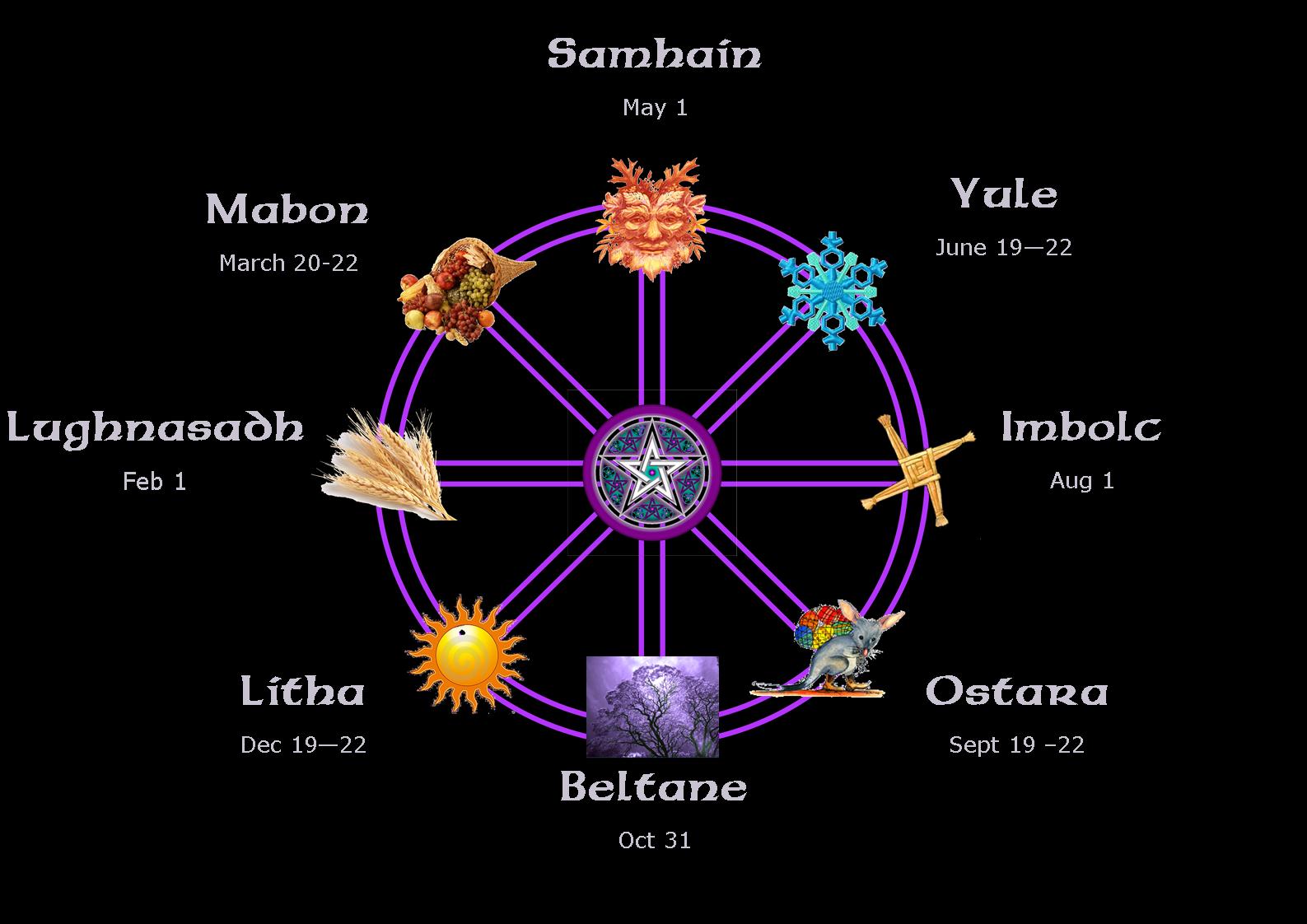Recently I read a post on a
friend's blog about 'simple country living', as I typed my comment it occurred to me that this was a great subject for a post.
What is a simple country life? Is it living on a bush block, keeping chooks and a cow? Making your own preserves and cooking from scratch? Is it watching the sun rise over an unsullied tree line every morning? or is it hauling endless buckets of water to trees and garden and learning to do basic veterinary repairs yourself because the vet's travel fees are more than you earn in a week?
For me it is all these things and more.
So why do some people stay and others leave? Is it because the realities of life are just too...well...real?
I thought I would put together a little list of some of the realities I have noticed in my thirty plus years as a bush dweller and my six years as a humpy dweller, feel free to add your own realities in a comment;
Things are not convenient; you will run out of gas on Saturday night and all the local shops are shut on Sundays.
Other beings live here too, most of whom want to eat your vegetable garden and/or your chooks.
Everyone knows your business, even if you only see them every few months.
When there is a crisis you are expected to contribute, turn up for fire fighting, donate to families who have lost homes, go to funerals, pick up car parts in town, etc. Next time it might be your crisis.
Nobody cares what you have, only what you can do...unless you have an operational tractor, then everyone will care.
Relax and be yourself; everyone knows if you are 'bunging it on' anyway.
The most interesting people in the world live near you; the woman who worked for the World Bank and brokered loans between countries (and makes great yoghurt), the man who taught mathematics and astronomy in a Melbourne university (and has a semi-rigid truck licence for the fire truck), the woman who trained animals for TV shows (and knows the easy way to tan skins). Get to know them.
Death is inevitable, chooks are eaten by snakes and quolls, dogs are bitten by snakes, sheep and cattle go down with paralysis tick and wallabies are hit on the road by cars. This is the biggest life lesson the bush has to teach you, accept it and make good use of every minute.
Can you add to my list?

























































